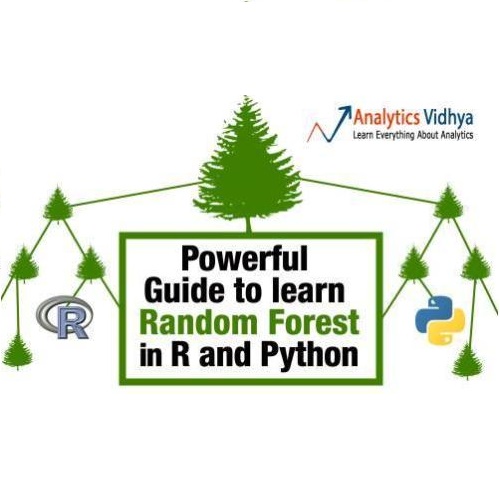Telecommunications operators (telcos) traditional sources of income, voice and SMS, are shrinking due to customers using over-the-top (OTT) applications such as WhatsApp or Viber. In this challenging environment it is critical for telcos to maintain or grow their market share, by providing users with as good an experience as possible on their network. But the task of extracting customer insights from the vast amounts of data collected by telcos is growing in complexity and scale everey day. How can we measure and predict the quality of a user's experience on a telco network in real-time? That is the problem that we address in this paper. We present an approach to capture, in (near) real-time, the mobile customer experience in order to assess which conditions lead the user to place a call to a telco's customer care center. To this end, we follow a supervised learning approach for prediction and train our 'Restricted Random Forest' model using, as a proxy for bad experience, the observed customer transactions in the telco data feed before the user places a call to a customer care center. We evaluate our approach using a rich dataset provided by a major African telecommunication's company and a novel big data architecture for both the training and scoring of predictive models. Our empirical study shows our solution to be effective at predicting user experience by inferring if a customer will place a call based on his current context. These promising results open new possibilities for improved customer service, which will help telcos to reduce churn rates and improve customer experience, both factors that directly impact their revenue growth.
翻译:电信运营商( 电信运营商( 电信运营商) 传统的收入来源、 语音和短信,由于用户使用“ 电话网络” 的超端应用软件,例如“ WhatsApp ” 或“ Viber ”, 正在萎缩。 在这种具有挑战性的环境中,对于电话公司保持或增加其市场份额至关重要,向用户提供尽可能良好的网络经验。但是,从电话公司收集的大量数据中提取客户洞见的任务在日益复杂和规模上扬。我们如何测量和预测用户在实时电话网络上的经验质量?这是我们在本文中要解决的问题。我们提出一种直接捕捉到( 近距离) 实时( ) 的移动客户经验, 以便评估用户在何种条件下能够发出“ 电话公司客户护理中心” 的号召。 但是,为了预测和训练我们的“ 限制随机森林” 模式, 我们采取了一种监督的学习方法, 作为一种替代, 一种公开的经验, 我们如何测量并预测和预测用户在电信网络上观测到的客户交易的质量。





